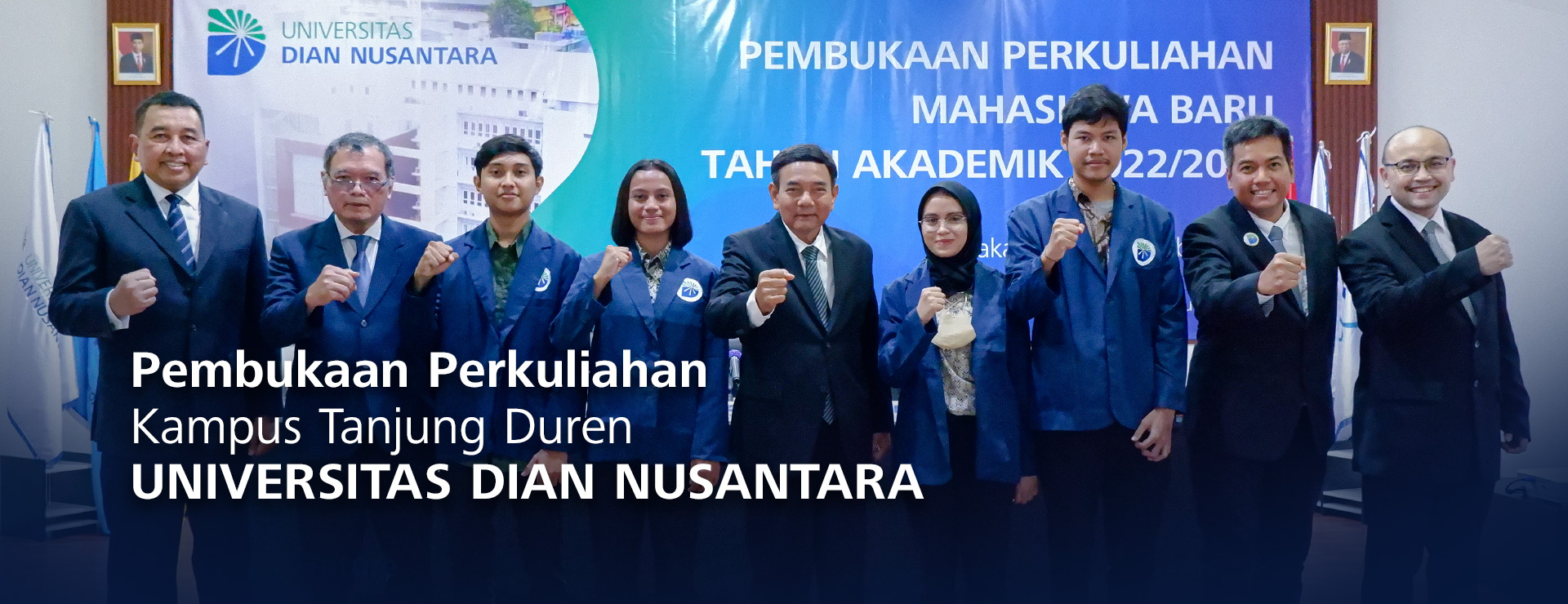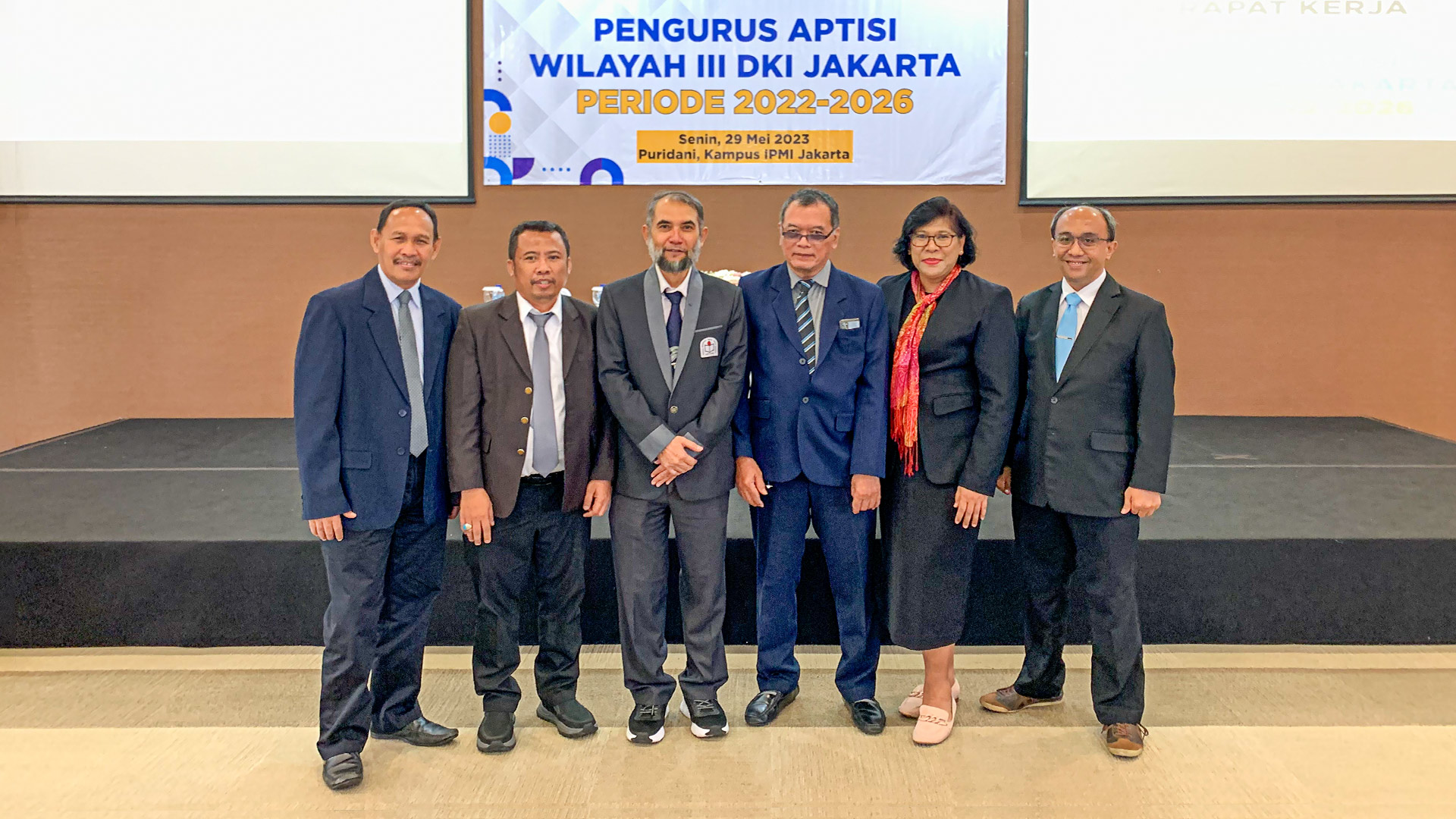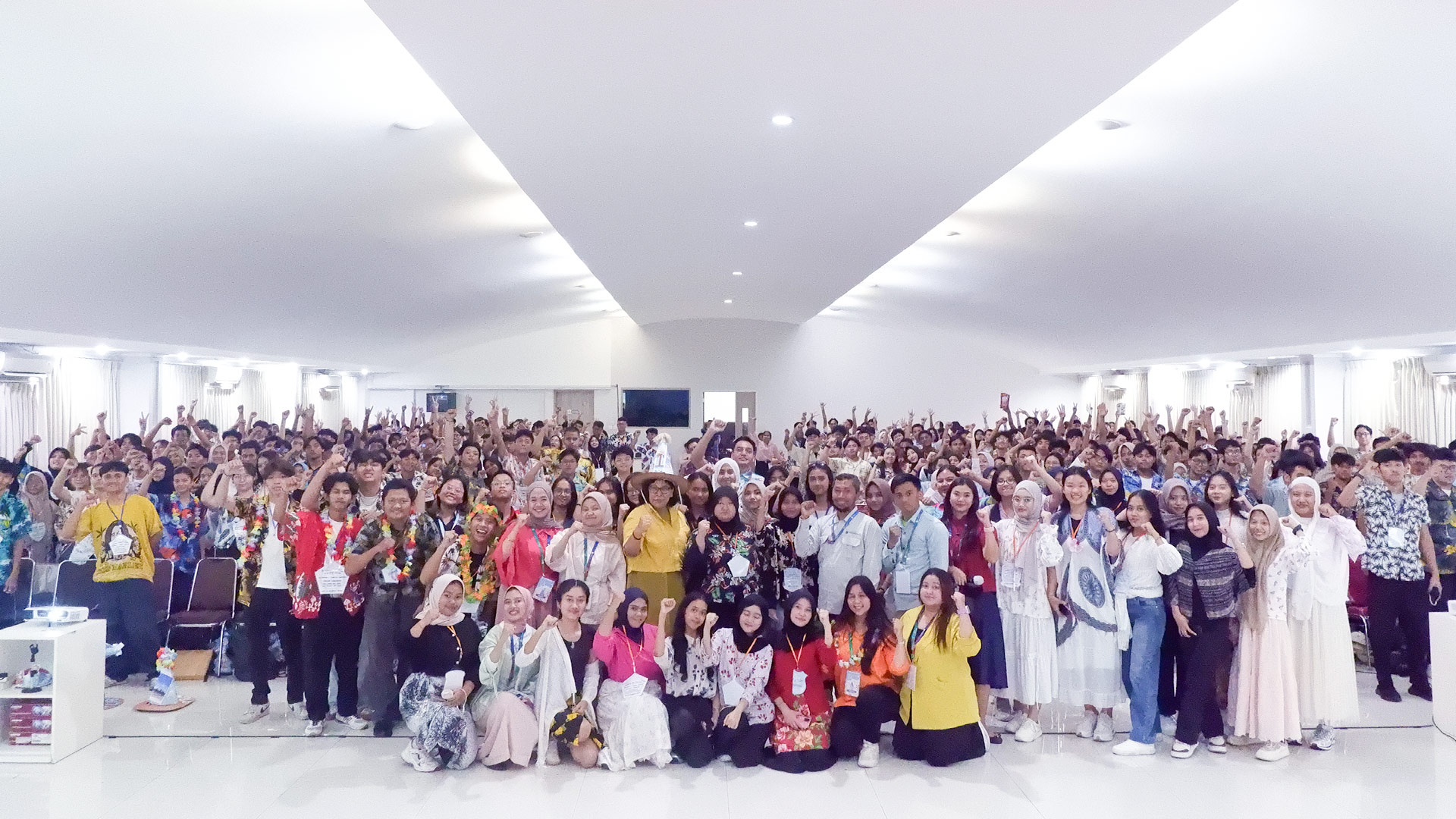Optimizing Activities with the 80:20 Ratio: The Efficiency of the Pareto Principle

The Pareto Principle, also known as the 80/20 rule, is a concept frequently utilized in everyday life by both individuals and organizations. In the era of Industry 4.0 and the rapid advancement of artificial intelligence (AI), this principle plays a crucial role in allocating effort and time to maximize Return on Investment (ROI), which refers to the gains obtained from effort, thought, and financial resources.
In a life often filled with various demands, the Pareto Principle helps individuals focus on the most urgent and efficient tasks. By applying this principle, one can achieve significant improvements through concentrated efforts on core activities, especially for Generation Z, who often have multiple tasks to complete within limited timeframes. With the 80:20 rule, they are expected to manage their time more effectively.
The Pareto Principle is particularly relevant for Generation Z, who frequently face many tasks with limited time. By identifying the 20% of activities that can yield 80% of the results, both in the future and concurrently, individuals can manage their time and resources more effectively. This approach enables them to achieve optimal results in a shorter time. However, it is essential to remember that the Pareto Principle should not be used as an excuse to bypass specific obligations; rather, it can serve as a framework for optimizing priority scales.
In the business world, the Pareto Principle is utilized to efficiently prioritize expenditures and activities, resulting in the greatest outcomes in the future. Business professionals implement this principle to enhance revenues from their invested capital. By simplifying choices and focusing on what matters, business decisions can be made with greater confidence, as the main priorities are clear.
The Pareto Principle can also be applied in the field of investment. Investors can estimate the potential returns from specific stocks by recognizing that a small portion of their investments can significantly impact overall results. This understanding allows them to manage the risks associated with high-risk but potentially profitable assets more cautiously, while focusing available resources to make more accurate decisions.
As a concept used to optimize resource output in alignment with expected results, the Pareto Principle provides valuable insights into efficiency across education, business, and the workplace. By understanding that a small number of factors can lead to significant impacts, we can make wiser decisions and manage our resources more effectively.
Implementing this principle enables us to focus on what truly matters, enhance efficiency, and achieve better results with more directed efforts. In this fast-paced and challenging era, applying the Pareto Principle can be an effective strategy for achieving success and increasing productivity. Therefore, both individuals and organizations are encouraged to leverage this principle to optimize their potential and achieve greater goals.
(Kornelia Johana / Humas UNDIRA)
Press Contact :
Biro Humas & Sekretariat Universitas Dian Nusantara
Facebook : www.facebook.com/undiraofficial
Instagram : www.instagram.com/undiraofficial
Twitter : www.twitter.com/undiraofficial
www.undira.ac.id
Other

Pembukaan Perkuliahan Mahasiswa Baru Semester Ganjil 2022/2023
Read more
Structural Officer of Dian Nusantara University was Inaugurated as Regional III DKI Jakarta APTISI Manager service period 2022-2026
Read more
Preparation for The Next Generation to Compete in the Industrial World by 2030, Hello Campus Day Bids Farewell and We Hope to See You Again!
Read more
Campus Tanjung Duren
Jln. Tanjung Duren Barat II No. 1
Grogol, Jakarta Barat. 11470
Campus Green Ville
JIn. Mangga XIV No. 3
Campus Cibubur
Jln. Rawa Dolar 65
Jatiranggon Kec. Jatisampurna, Bekasi. 17432







